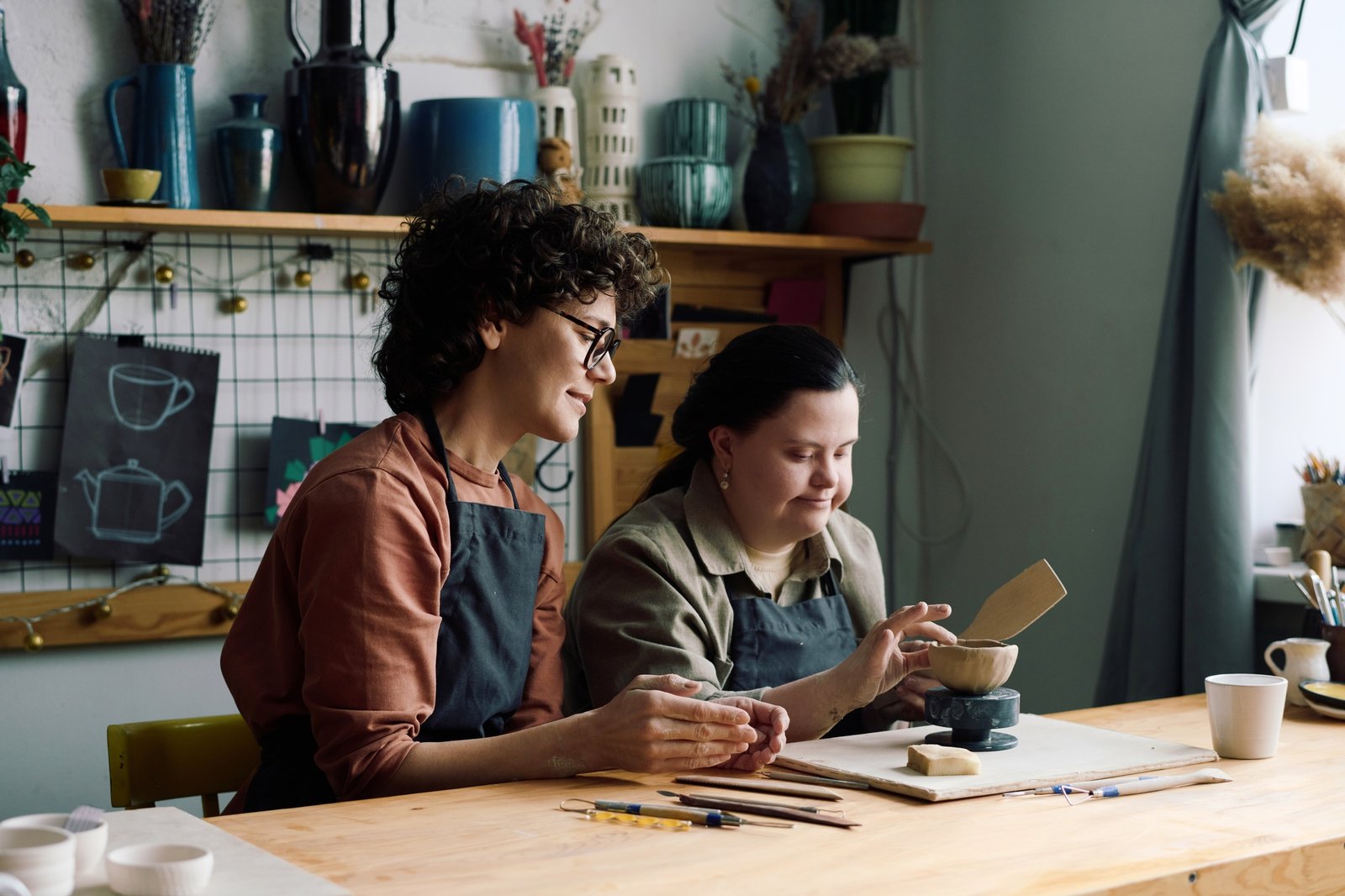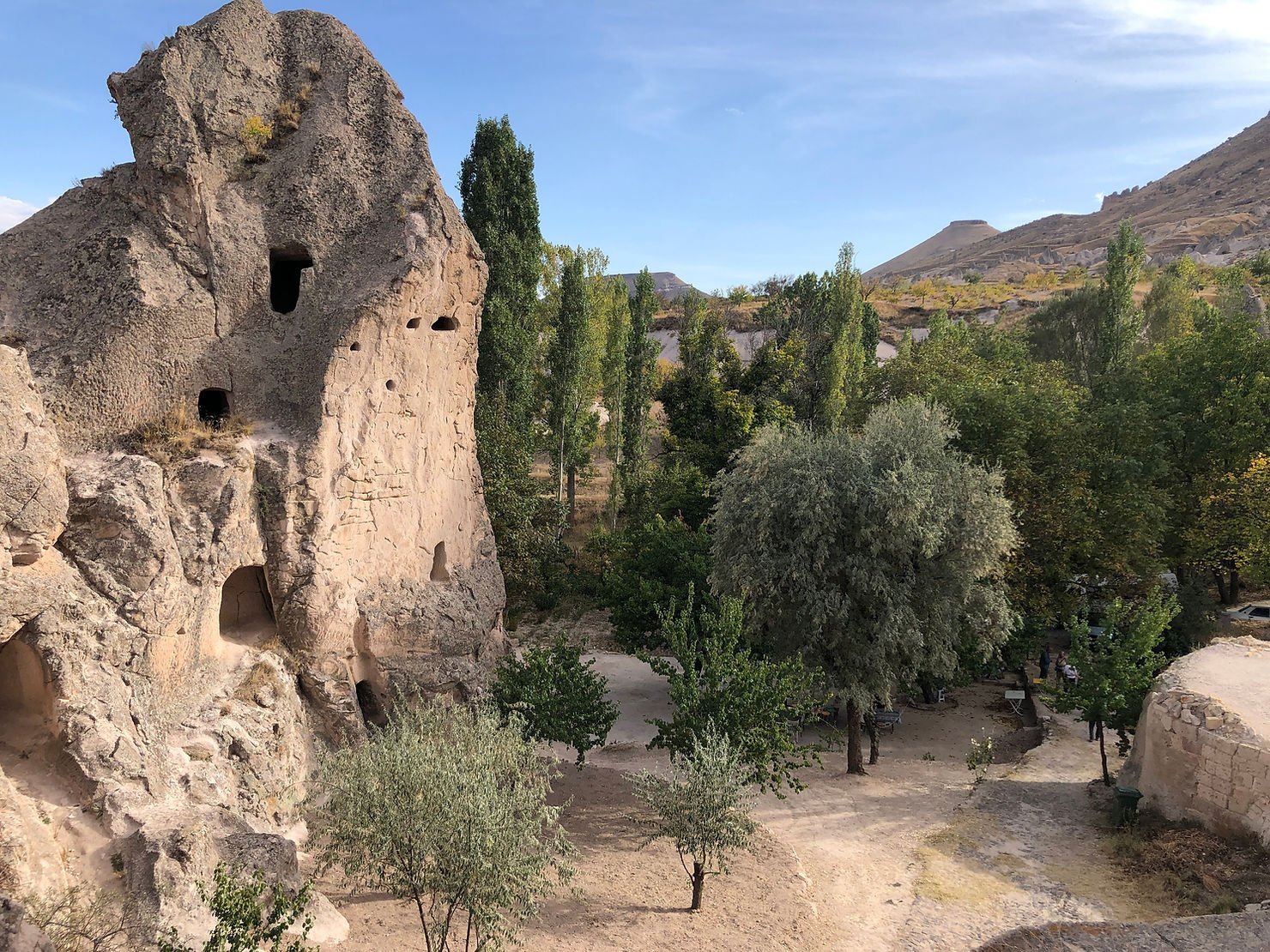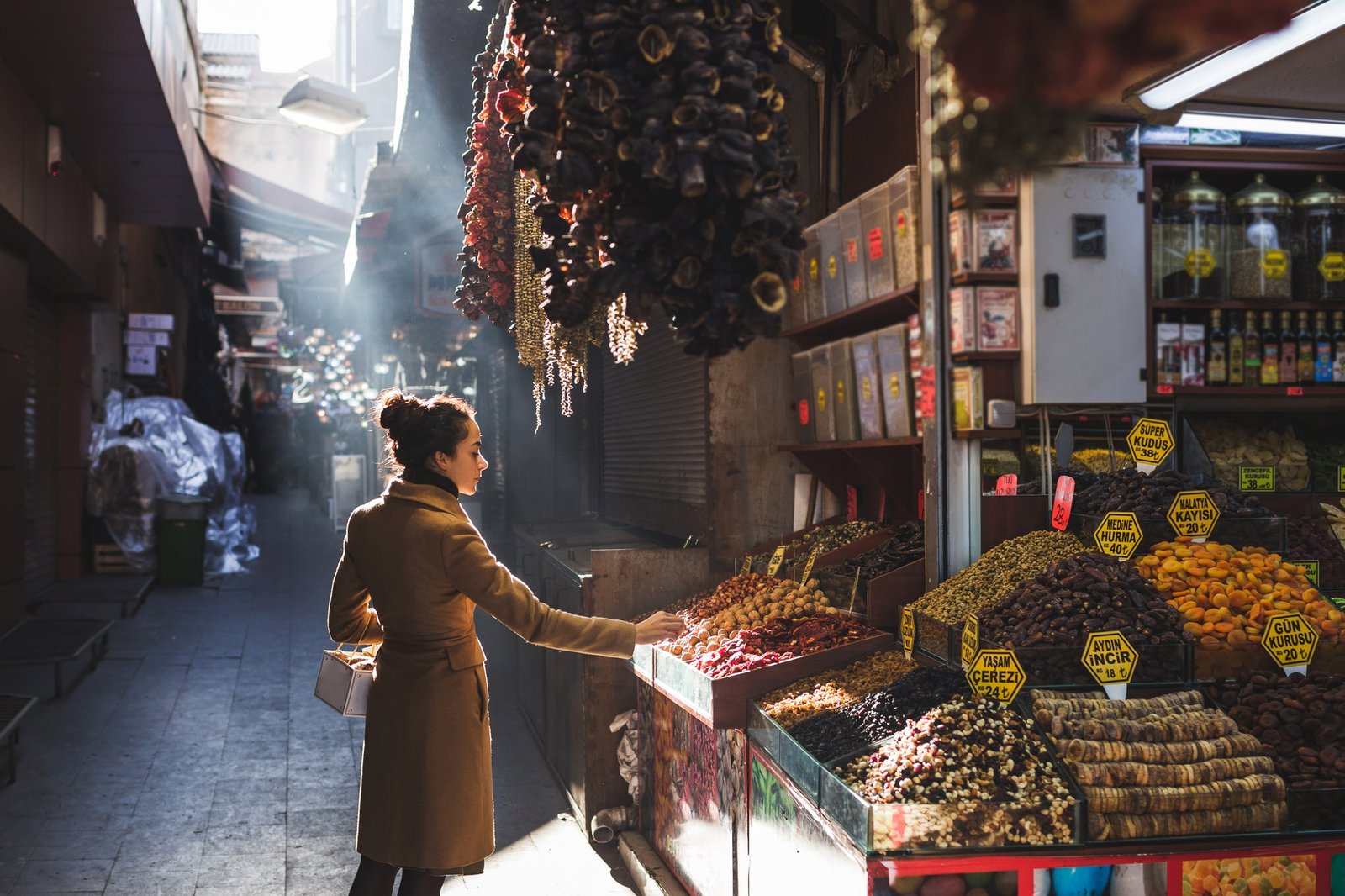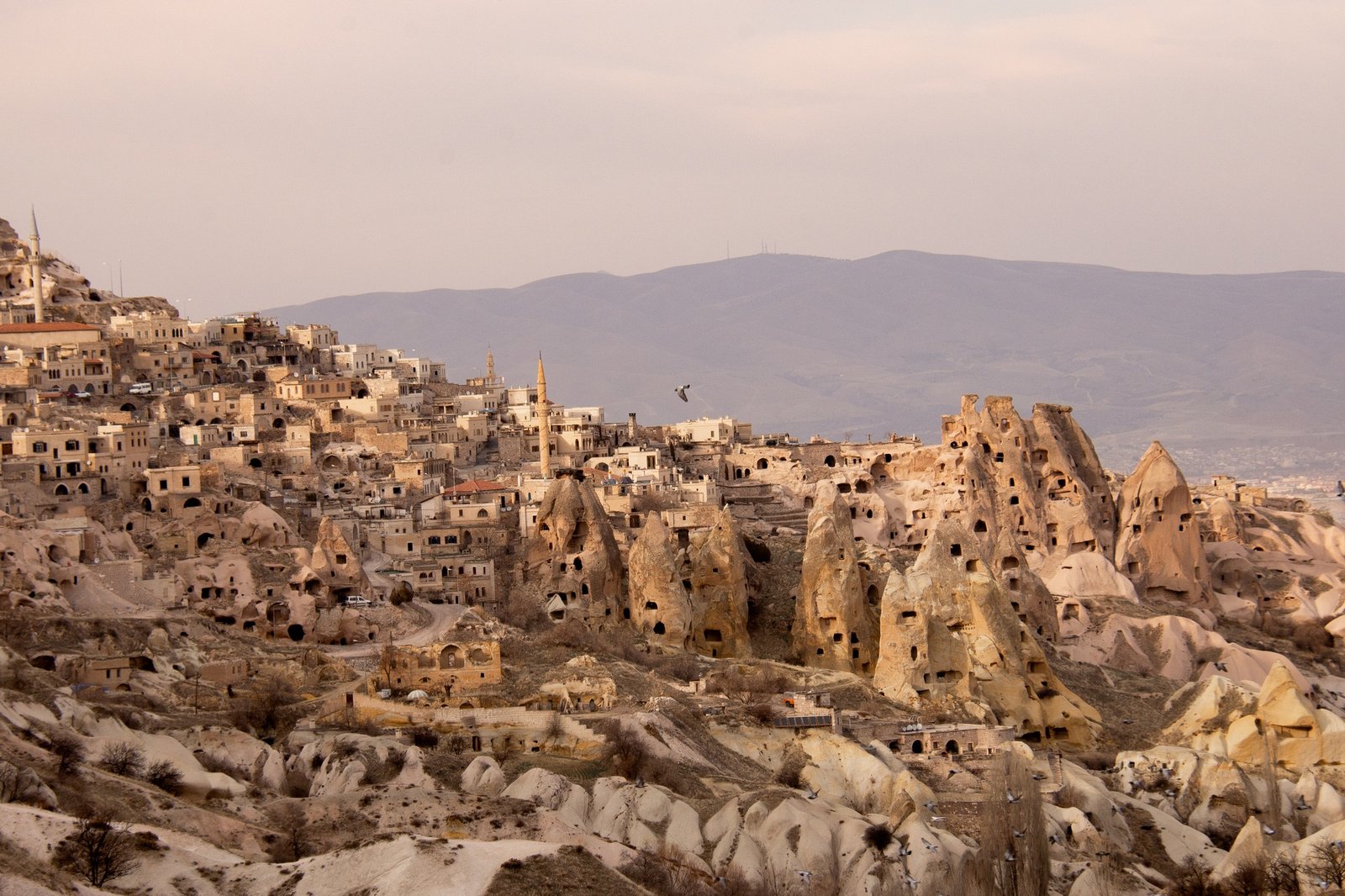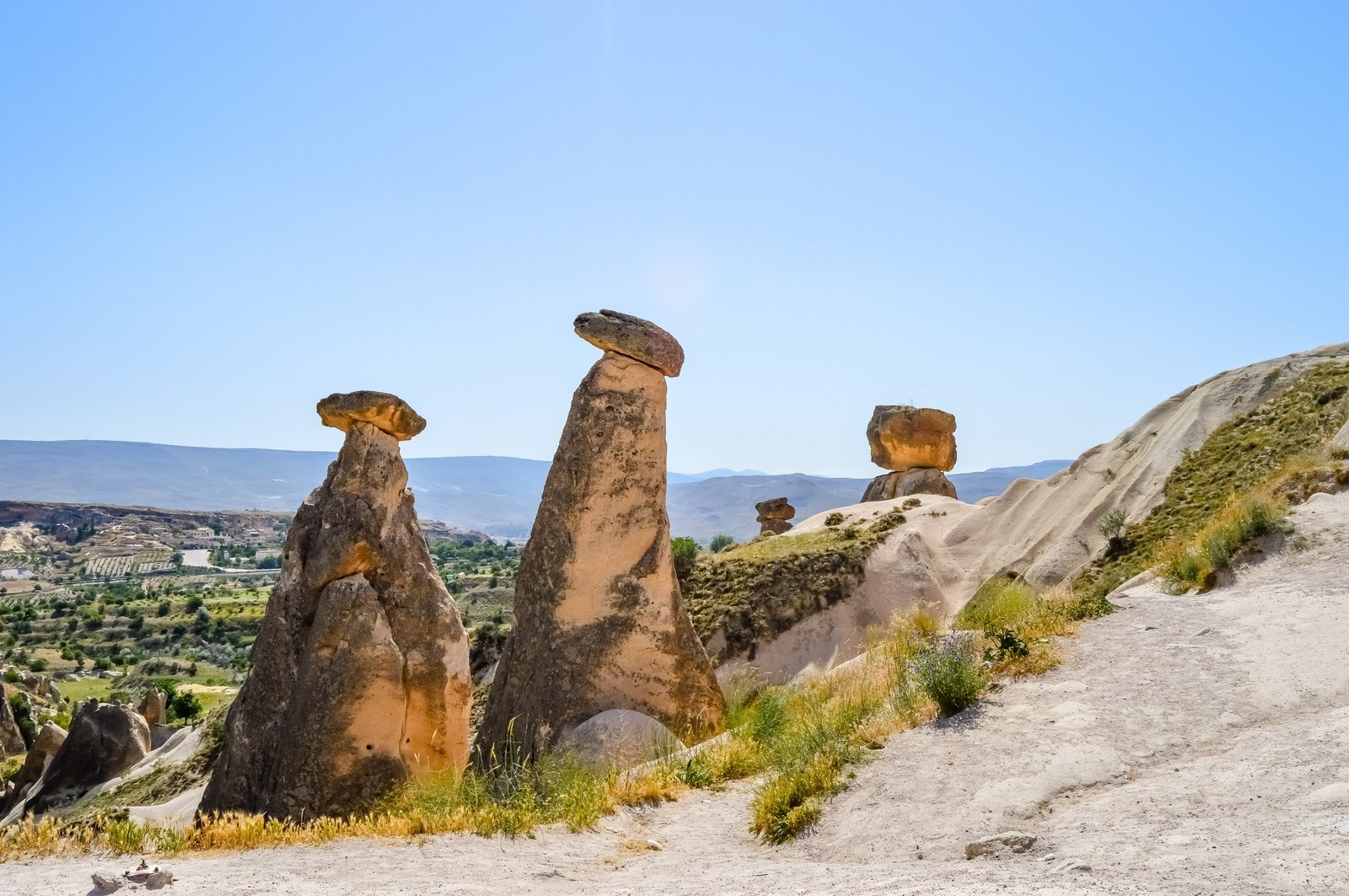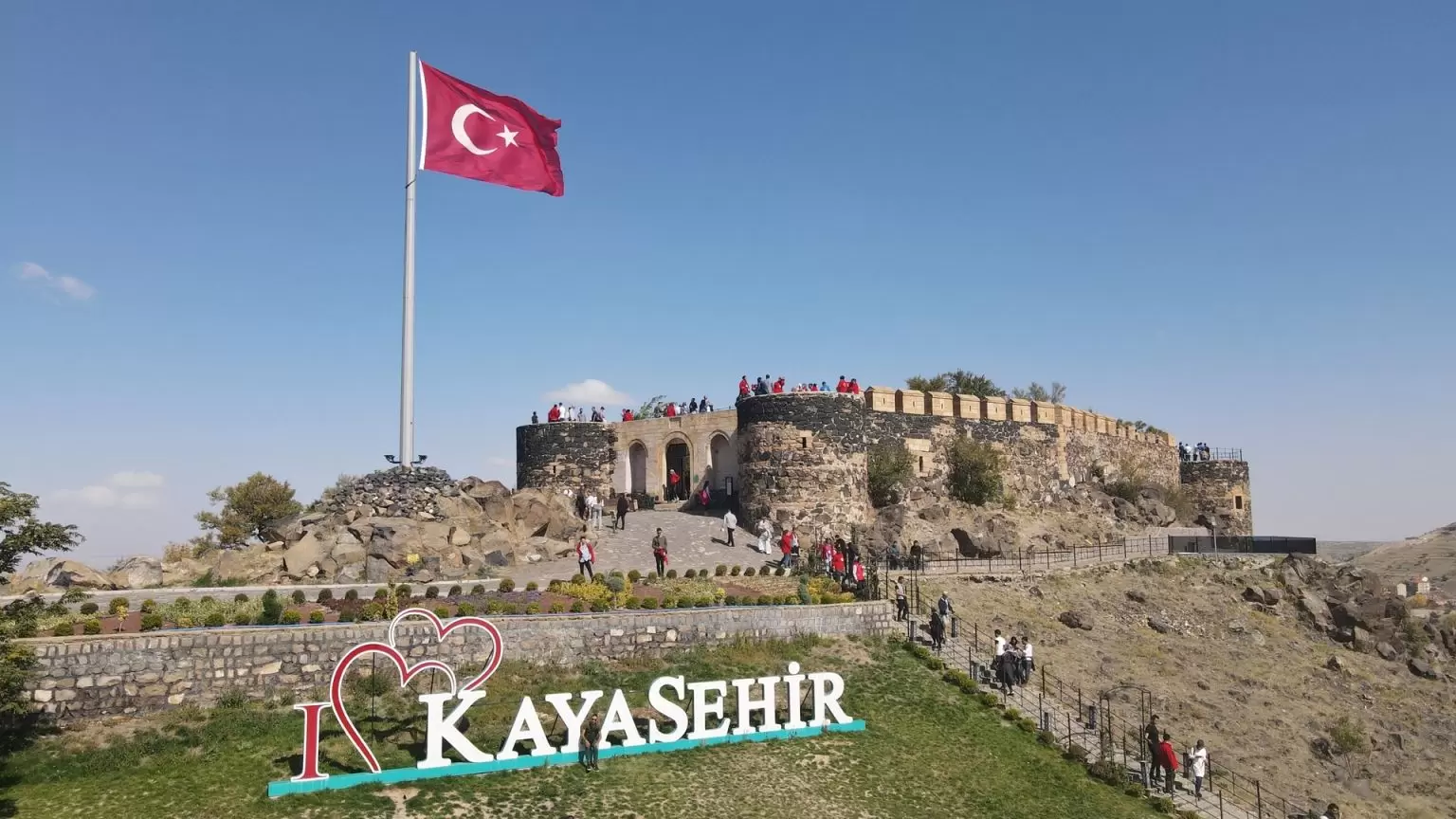Nestled in the heart of Turkey’s breathtaking Cappadocia region lies the quaint town of Avanos, home to an ancient art form that has endured for over a millennium—Avanos pottery. This timeless craft, with its roots deeply entwined with the region’s history and culture, continues to captivate visitors from all over the world. From its rich red clay to the intricate designs that adorn each piece, Avanos pottery is more than just ceramics; it’s a story of tradition, skill, and resilience.
If you’ve always been intrigued by how ancient art can thrive in the modern world, this blog will transport you to the townspeople’s workshops, giving you a glimpse into a 1,000-year-old tradition. Along the way, we’ll uncover what makes Avanos pottery so unique and why it remains one of Turkey’s most beloved attractions.
The Origins of Avanos Pottery
Where It All Began
Avanos pottery traces its origins to the Hittite era, about 3,000 years ago, but its most prominent history spans over the last millennium. Positioned along the banks of the Kızılırmak River—the longest river in Turkey—Avanos is blessed with an abundant supply of red clay, which forms the foundation of this ancient craft. This clay, combined with fine white sand from the river, creates a highly malleable material that is ideal for shaping pottery.
For centuries, the people of Avanos have passed down their pottery-making techniques from one generation to the next. The family-based workshops, which still dot the town today, are a testament to their enduring commitment to keeping the craft alive.
Cultural Significance
Avanos pottery isn’t just about creating beautiful ceramics; it’s a living embodiment of the town’s heritage. These handcrafted pieces were historically used in daily life for cooking, dining, and even storage. Over time, they became highly regarded household items throughout Anatolia and beyond.
The art of pottery has also been closely tied to the town’s identity, with many locals finding their main source of livelihood in this craft for centuries. Today, Avanos pottery has gained worldwide recognition, cementing its place as a vibrant symbol of Turkey’s artistic legacy.
The Process Behind Avanos Pottery
From Clay to Masterpiece
The meticulous craft of Avanos pottery involves more than just shaping clay—it’s a labor of love that reflects generations of expertise. Here’s an inside look at the process that transforms humble clay into intricate works of art:
- Clay Preparation
Potters begin by harvesting the rich red clay from the Kızılırmak River. This clay is carefully mixed with fine sand and water to achieve the ideal texture for molding.
- Wheel Throwing
Using traditional foot-powered potter’s wheels, artists shape the clay into pottery items such as bowls, plates, jugs, and vases. Every step requires precision and skill, making each piece distinct from the next.
- Drying and Hardening
The formed pottery is left to dry under the sun or in cool, shaded areas. This process can take anywhere from several days to a few weeks, depending on the size and complexity of the items.
- Painting and Decoration
Skilled artisans hand-paint each piece with intricate designs inspired by Anatolian motifs, using natural dyes and pigments. Symbols, geometric patterns, and floral details are the primary elements featured.
- Firing
The final step involves firing the pottery in traditional brick kilns at high temperatures. This solidifies the clay, making it strong enough for both practical use and decorative purposes.
Why Visit Avanos for Pottery?
A Hands-On Experience
If you’re visiting Avanos, the pottery workshops are a must-see. These spaces offer more than just a glimpse into the pottery-making process—they invite you to be a part of it. Many workshops allow visitors to try their hand at shaping clay on a potter’s wheel under the guidance of skilled artisans.
It’s not just an enjoyable activity—it’s also a deeply personal way to connect with the history and traditions of this incredible art form. You get to leave with not just a self-made souvenir, but also memories of an experience deeply rooted in cultural heritage.
A Shopper’s Paradise
Avanos is also the perfect place to pick up unique ceramics. From hand-painted plates to delicate coffee cups, the pottery available in Avanos is renowned for its quality and beauty. No two pieces are alike, and each item represents the effort and artistry of talented locals.
Whether you’re buying gifts or adding to your own collection, Avanos pottery is a timeless keepsake.
The Timeless Appeal of Avanos Pottery in Modern Days
Keeping the Craft Alive
Despite industrial developments and shifts towards mass production, Avanos pottery has remained a handmade tradition. This resilience is credited to the region’s collective passion to preserve its unique identity through this art form.
Through festivals, exhibitions, and tourism, the town actively supports its artists, enabling them to showcase their work and teach their craft to the next generation.
Bridging Past and Present
While rooted in ancient techniques, Avanos pottery has found new ways to appeal to modern sensibilities. From minimalist designs to customized pieces, local artisans are adapting their age-old skills to cater to contemporary tastes while maintaining authenticity.
By purchasing these works of art, both locals and international visitors play a vital role in ensuring the continuity of this 1,000-year-old tradition.
Discover the Magic of Avanos Pottery
Avanos pottery offers much more than its practical uses or stunning visuals. It is a celebration of creativity, a marker of history, and a testament to humanity’s enduring passion for craftsmanship. Visiting Avanos allows you to step into a living story—one that continues to shape the identity of this charming Anatolian town.
If you’re looking for an adventure steeped in both art and tradition, Avanos awaits you with open arms, a potter’s wheel, and plenty of red clay. Experience it for yourself and take home a piece of history.
Planning a Trip? Here’s How to Get There
Avanos is located in Cappadocia, Turkey, approximately 15 kilometers from Göreme. It’s accessible by bus, car, or guided tours from popular Turkish cities like Nevşehir or Kayseri.
